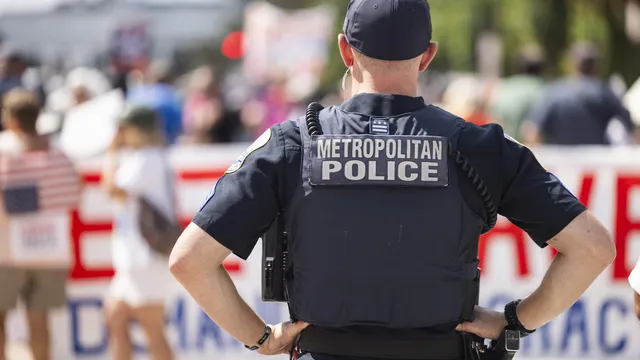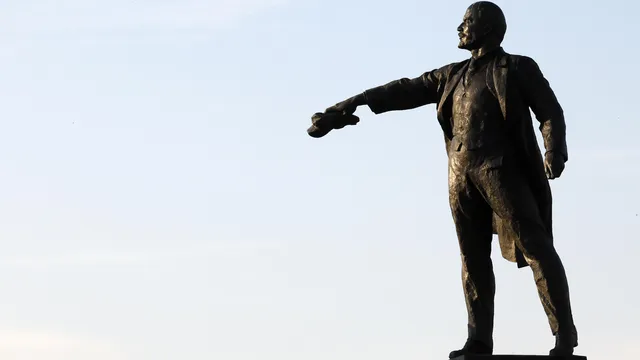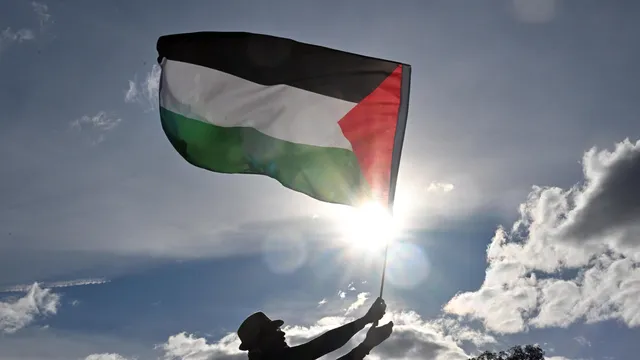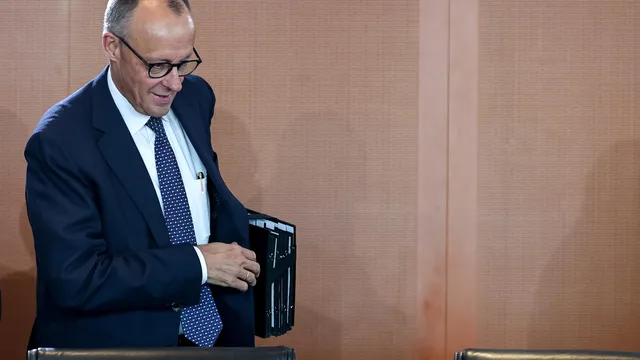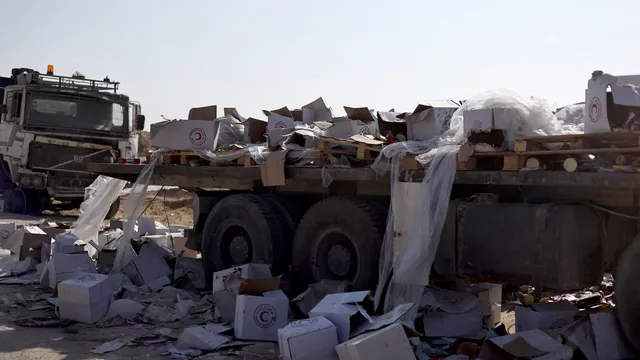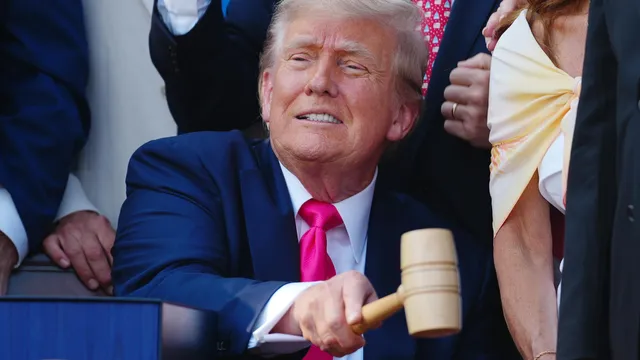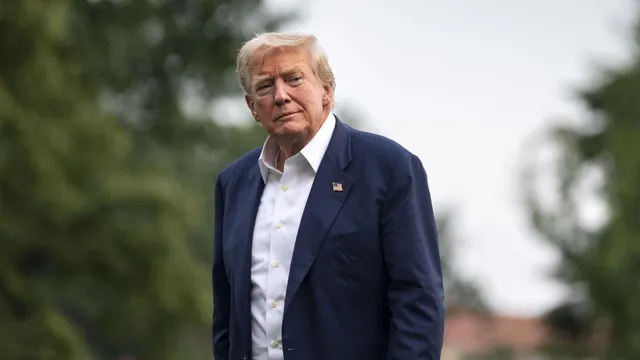U.S. President Donald Trump ordered the mobilization of hundreds of National Guard troops for deployment in Washington as part of a campaign he announced to “step up the fight against crime.”
The move follows a similar measure taken by Trump in Los Angeles in June, with the president making it clear that other cities should take note. Unlike state formations, which are subject to “federalization” in order to come under presidential control, the National Guard in Washington is already directly subordinate to the head of state.
The National Guard is a reserve military component of the U.S. Armed Forces, composed primarily of people who serve part-time and combine their military training with civilian professions. It can be mobilized quickly in emergencies on U.S. territory, most often in cases of natural disasters, but also to take part in combat operations when the country is at war. The Guard has both state and federal functions and is organized into formations in all 50 states, the District of Columbia, and territories such as Puerto Rico, Guam, and the U.S. Virgin Islands.
Typically, a state’s governor commands the National Guard when needed, but the president may place it under his control for specific federal missions, as happened in Los Angeles. The latest Pentagon budget provides for a total of 433,000 service members in the Air National Guard and Army National Guard units — the second-largest military component after the U.S. Army.
Guardsmen are deployed during disasters such as hurricanes, fires, and floods to evacuate people, deliver aid, and use specialized equipment to clear hazardous areas. The largest deployment in recent years was during the COVID-19 pandemic, when they built and maintained temporary medical facilities and transported medical supplies across the country. Beyond natural disasters, the Guard can also be used in crises involving public order disturbances.
Its use for quelling unrest is nothing new. During the Black Lives Matter movement protests in 2020, more than half of the states activated National Guard units to enforce curfews and maintain order. They were also deployed during the Los Angeles riots in 1992, following the acquittals of the police officers who had beaten Rodney King, as well as in the 1950s and 1960s to enforce racial desegregation in schools.
One of the darkest events in the Guard’s history occurred in May 1970, when Ohio Guardsmen opened fire on anti-war demonstrators at Kent State University, killing four unarmed students. The incident sparked national outrage and led to changes in the rules governing the use of force. |BGNES
---------------------------------------------
Analysis by AFP

 Breaking news
Breaking news
 Europe
Europe
 Bulgaria
Bulgaria
